Fishing lures | A lure anglers guide
There are four broad categories of lure: metals (spinners), soft plastics, plugs and flies. Each of these can be presented in a variety of ways to tempt different species. With modern developments in rods and lines, it has become possible to fish with smaller lures than ever, and a lot of R&D has gone into making lures more advanced. Let’s take a look at the types of lures people commonly use for some popular target species.
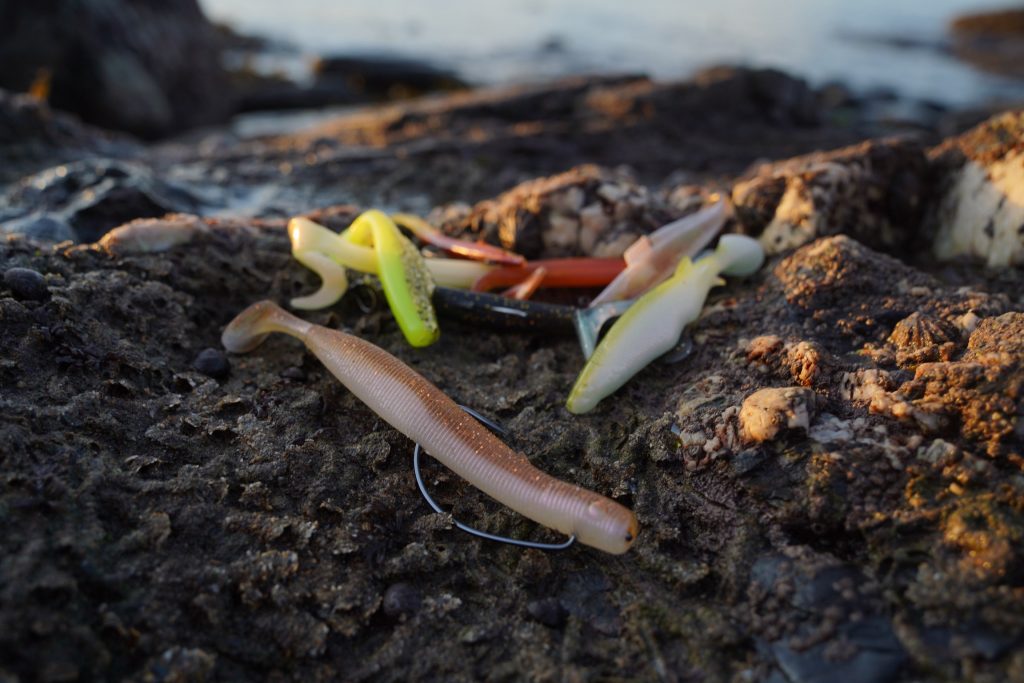
When it comes to choosing lures, factors at play include:
- How far will the lure cast, will that be far enough to reach the fish you’re targeting?
- How fast will the lure sink? Will it sink too slowly to allow you to fish at higher speed in deep water or will it sink so fast that you’re forced to retrieve faster than you want to in order to prevent snagging.
- What size is the lure, and will that be tempting to the fish you want to catch or intimidating?
- How does the lure move? Aggressively or more subtly? Lure action is determined by the design and can significantly change how the lure appears to fish.
- What colour is the lure? This may not be a major factor, but it’s significant.
It’s useful to have a range of lures, and it can be smart to have some low-cost staples as well as some higher end, fancier lures for when you need them.
Let’s look at the types of lures that are commonly used for each popular fish species in the UK.
Sea fishing lures
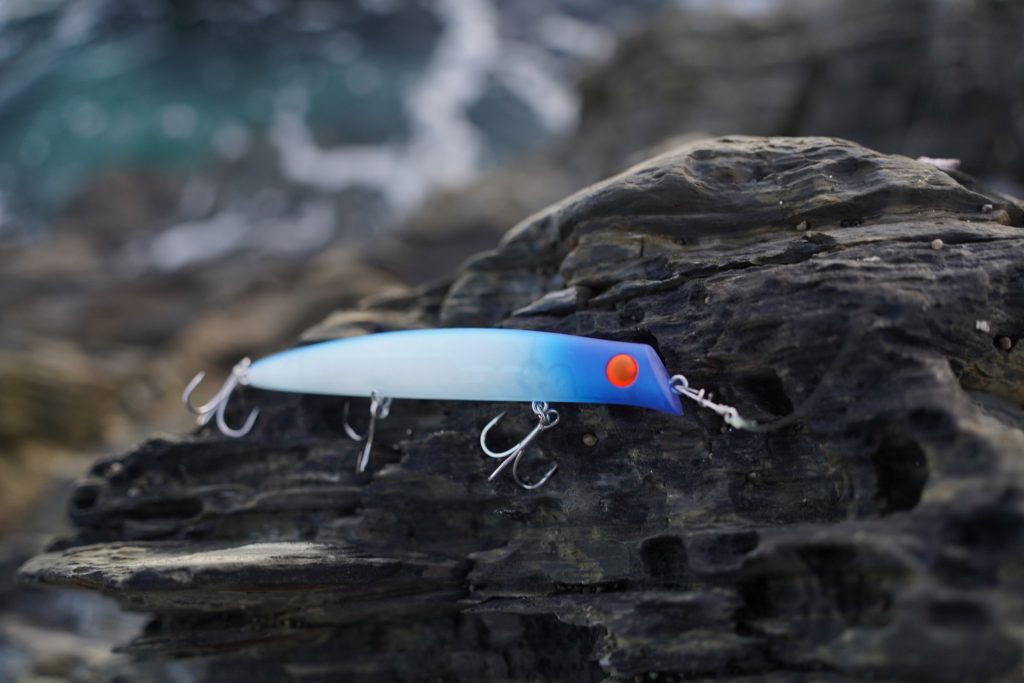
Bass Lures
Classic Dexter Wedges, Eddystone eels and Mepps spinners have become less popular compared to more specialist lures over the last couple of decades. These lures vary in how fast they can be cast, the depths at which they can be fished, and the kind of presentation they offer in the water. Natural colored lures (white, green, brown) are often preferred for bass fishing in the UK, aligning with the natural prey of bass in these waters. The lures you should get depend on the type of gear you’re fishing with overall. If you have a lightweight lure rod you can fish with a much wider range of lures. Weedless soft plastic straight tails, shallow diving plugs and surface lures are the key lures to have in your box. I know many anglers that have had limited success with metals (spinners) from the shore.
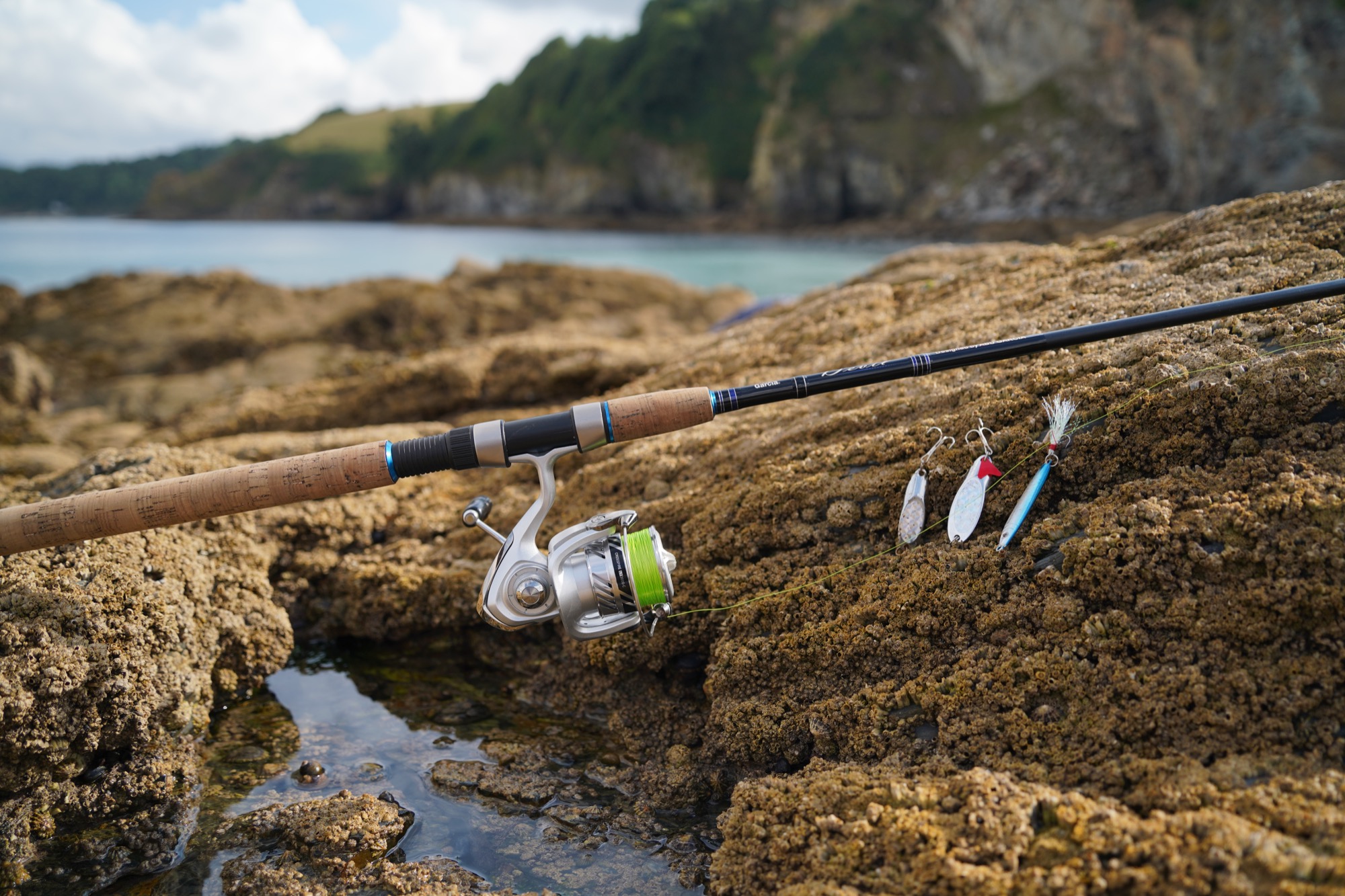
Mackerel Lures
Mackerel are less selective as a species but lures that cast well and sink fairly quickly are useful for locating the fish. Metal lures with more flash are best – essentially modern casting jigs or dexter wedges with smaller hooks. Other lures work, but soft plastics are prone to tail nips and plugs often don’t sink, are too large and reduce hook up rates. If you want to filter out mackerel, which can be necessary in order to increase the chances of catching bass, I would put on a larger weedless soft plastic, which would be the worst lure for catching mackerel.
Essentially, you want some spinners that are within the casting weight of your rod, preferably around 80% of the rods maximum casting weight for maximum casting ability.
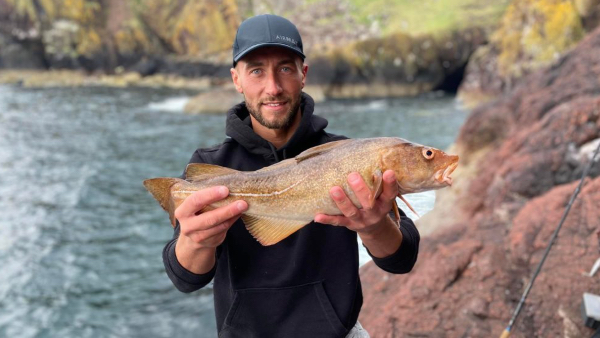
Cod Lures
For cod fishing, ‘picks’ have historically been used. These are essentially very heavy spinners designed to sink into the depths and be jigged up and down from the side of a boat. Modern slow jigs can also be effective and are more advanced in their actions. Rhubarb and custard (that is – red and yellow), large paddle tails made from soft plastic are also extremely popular. There are many options for cod, but thinking about how you are going to get your lure near the bottom and keep it there is a key consideration.
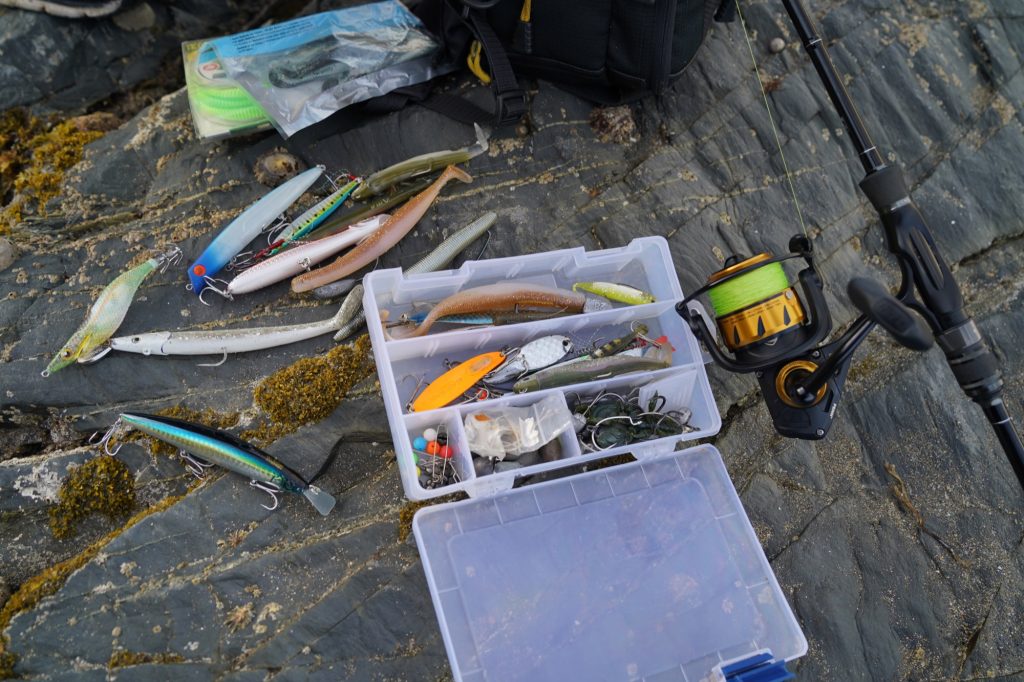
Lure fishing rigs
Even with the same lure, there are many different ways to present it to the fish. These different variations are known as ‘rigs’. Some rigs can be used to fish through very rough ground without snagging on the bottom, while others will allow you to hook fish even when you are getting tentative bites. It’s possible to ignore all this knowledge and just use jig heads with paddle tails, and that will cover you in a huge range of scenarios. However, the best results come from optimisation.
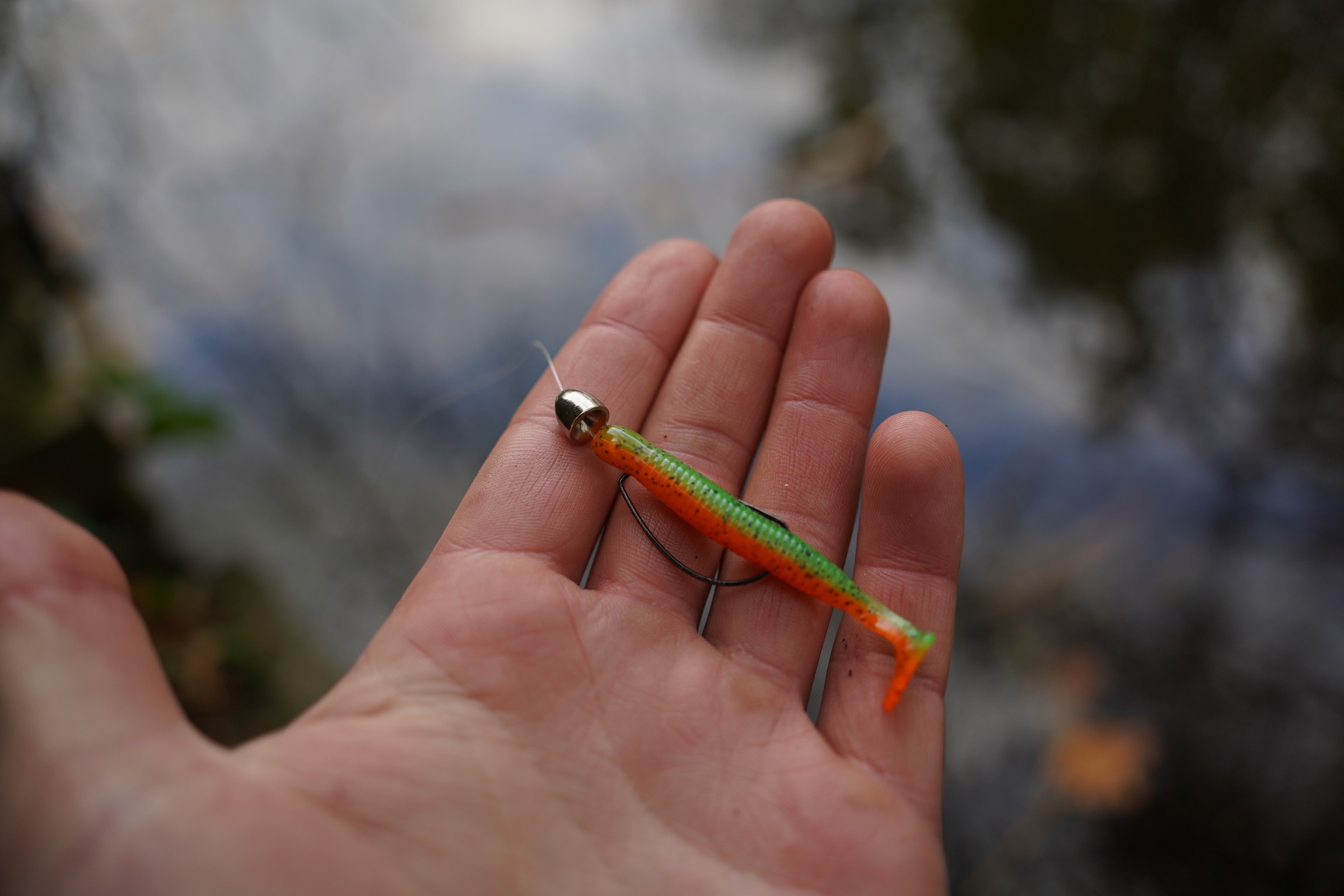
Perch Lures
When it comes to perch, jig heads with 2-3″ soft plastics are popular. In winter, the drop shot rig is highly effective. The technique is key here, with a slow, methodical twitching of the lure near the bottom often producing the best results. In summer, some will reach for plugs with bigger, more aggressive actions. This is because the metabolism of the fish is higher in summer and the fish are more ambitious feeders then (unless oxygen levels drop too much, as seen in many smaller bodies of water).
It’s useful to have a range of lures so you can experiment, but a paddle tail with a jig head on a light lure rod is really all you need, and you can just scale up the size of the paddle tail or scale it down depending on the size of fish you’re targeting.
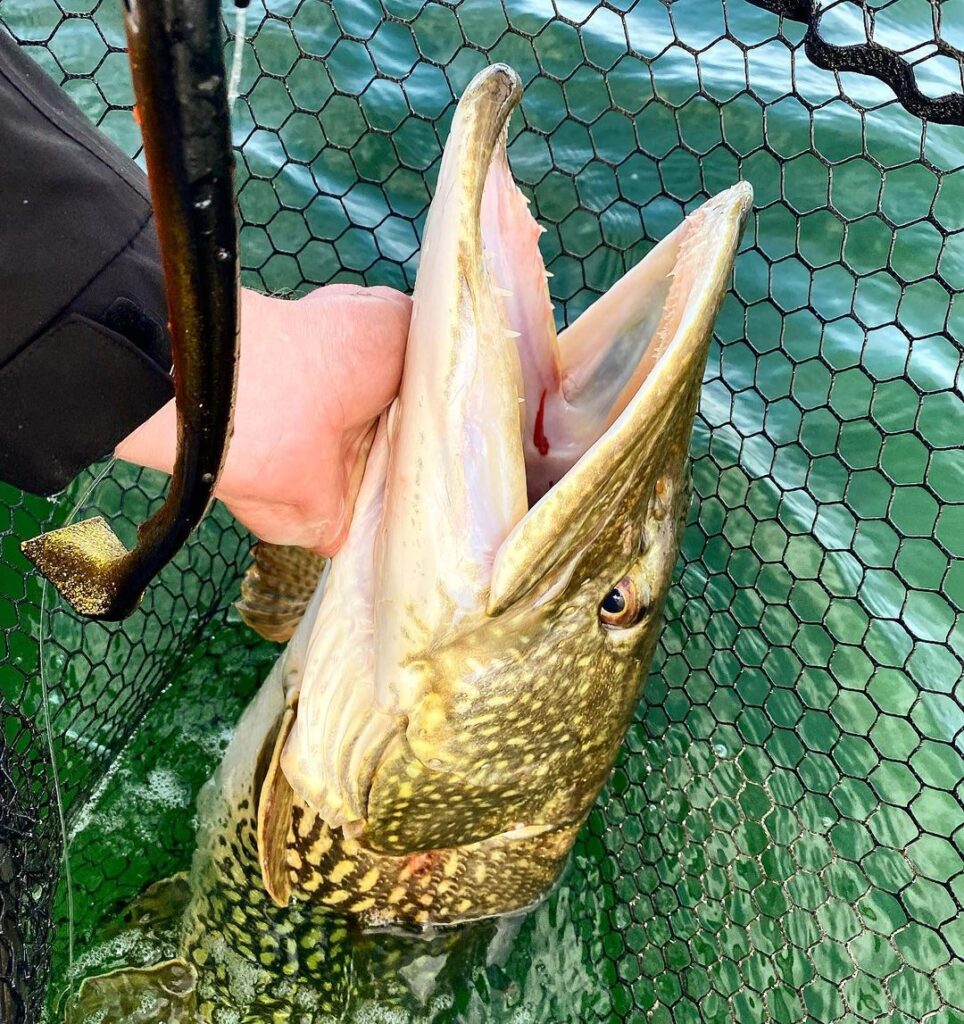
Pike Lures
Pike, known for their aggressive takes, are often targeted with much larger soft plastic lures, especially paddle tails. Pike can go for smaller lures too, but bigger fish are often considered to ignore meals that lack in… nutrition.
Surface fishing for pike can be exciting, and the range of lures for targeting them is huge. Since most pike fishing in the UK is catch and release, we recommend reaching for soft plastics to avoid hooking the fish more than necessary (3x treble hooks not ideal). Wire traces are essential, as pike will bite through mono with ease.
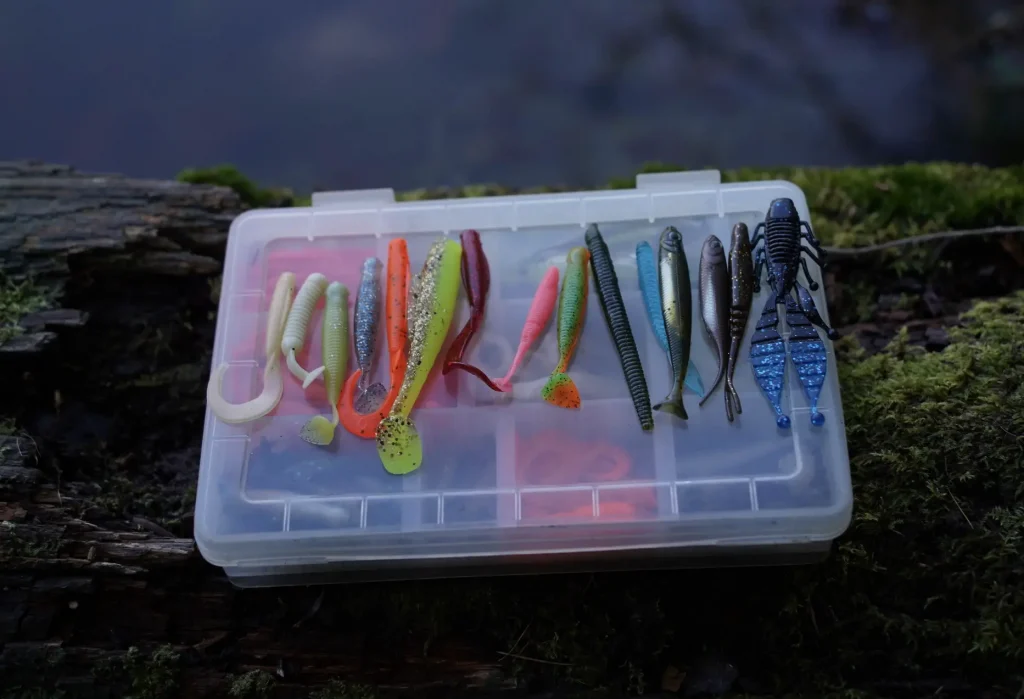
Trout Lures
River trout and stocked lake trout are two different creatures altogether – the brown trout in the UK come in a huge variety with different feeding habits. If trout are being tentative and feeding on smaller morsels, the bombarda rig can be useful as it allows you to fish with flies with a transparent weight so you can still cast a good distance. Other options include soft plastics (which are generally not recommended, due to low hook-up rates), very small plugs and of course a range of spinners. Having a range of options is essential for this species.
